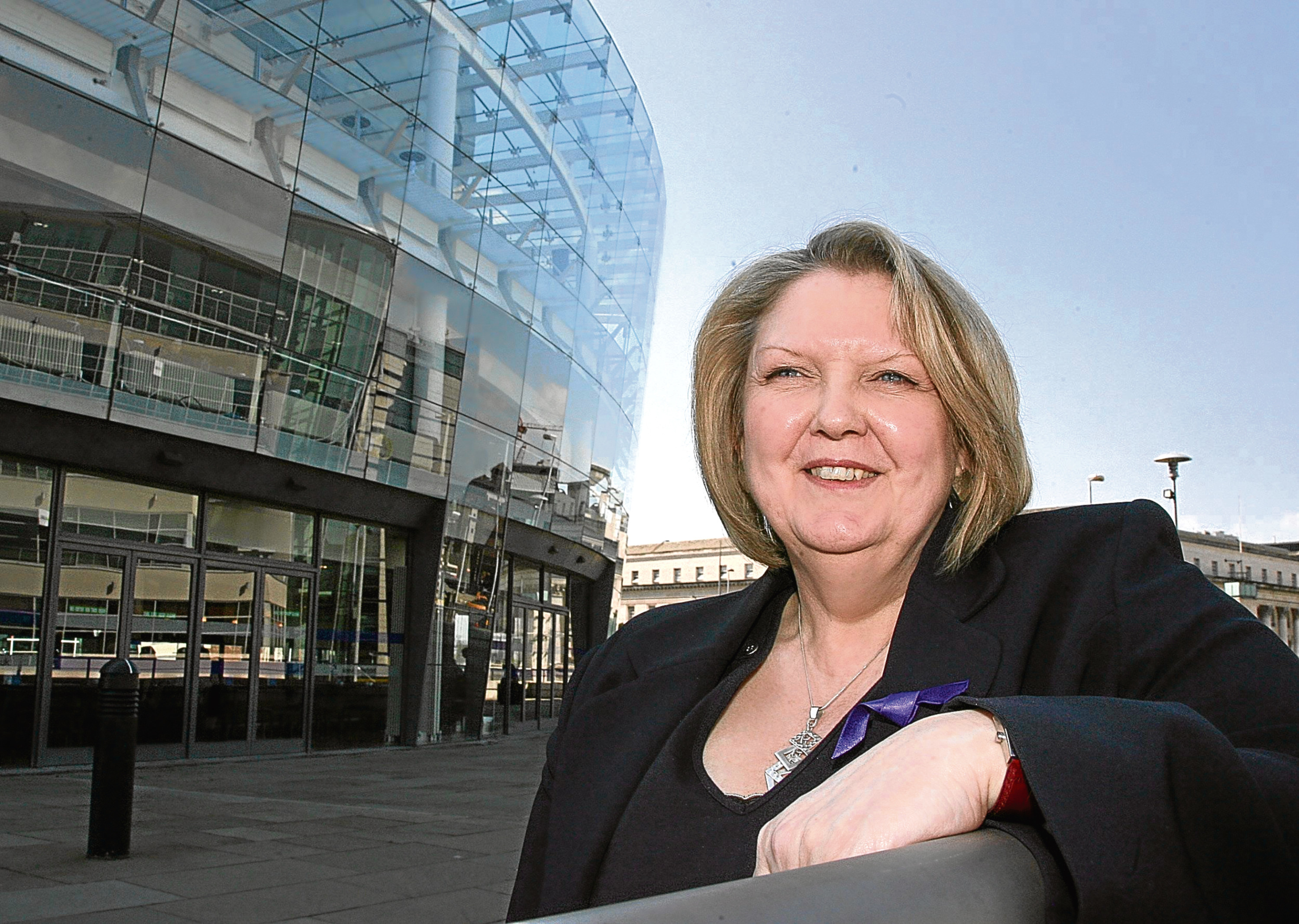
OLD computer systems are failing Scots children and ministers need to fund an urgent upgrade, teachers have warned.
Outdated software, poor internet connections, ageing hardware and limited network capacity – meaning multiple pupils cannot use computers at the same time – are just some of the problems teachers are struggling to cope with.
The annual conference of the teaching union NASUWT Scotland, held in Glasgow yesterday, also heard a lack of IT funding meant schools were unable to cope with the demands of Scotland’s Curriculum for Excellence.
Chris Keates, General Secretary of the NASUWT, said there was also a postcode lottery across Scotland, with some schools racing ahead with new IT systems, while others lagged behind.
She said: “Technology can enhance the teaching and learning experience of children and young people and transform teachers’ working lives. It is vital that all schools are able to access these advantages.
“This is even more important at a time when learning is increasingly digitised and when good information and communication technology skills are increasingly important in securing future employment opportunities.
“Current ICT systems in many schools are not fit for purpose and significant investment is required to ensure they meet the needs of 21st Century education provision.
“It is also clear that there are inequalities between schools in terms of the quality and quantity of ICT hardware and software. This must be addressed to ensure all schools have high-quality equipment to aid pupils’ learning.”
The warning comes after Education Secretary John Swinney faced criticism for the Scottish Government’s handling of schools.
The Scottish Survey of Literacy and Numeracy last week delivered damning results, including that fewer than half of S2 pupils were able to write well.
Critics also voiced concern after the Scottish Government announced it was scrapping the SSLN survey, with Keir Bloomer, a member of the group of education experts that wrote Scotland’s Curriculum for Excellence, describing the news as “disturbing”.
The latest results of the survey showed that fewer than half (49%) of Scotland’s 13 and 14-year-olds were performing well in writing, a decline of 15% on 2012.
A Scottish Government spokeswoman, however, defended the move, claiming the SSLN would be switched for something better.
She said: “We are replacing the SSLN with a collection that will provide more data than ever on children’s progress.
“The new arrangements allow people not just to see the national trends but also how their local schools are performing. It will give teachers and parents data on the attainment of their children, something the SSLN survey cannot do.”

Enjoy the convenience of having The Sunday Post delivered as a digital ePaper straight to your smartphone, tablet or computer.
Subscribe for only £5.49 a month and enjoy all the benefits of the printed paper as a digital replica.
Subscribe